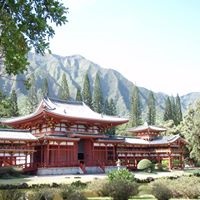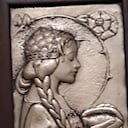What is the technical name for the chef's hat?
A toque is a type of hat with a narrow brim or no brim at all. They were popular from the 13th to the 16th century in Europe, especially France. Now it is primarily known as the traditional headgear for professional cooks, except in Canada where the term is primarily used for knit caps.
A toque blanche (French for "white hat"), often shortened to toque, is a tall, round, pleated, starched white hat worn by chefs.
The toque most likely originated as the result of the gradual evolution of head coverings worn by cooks throughout the centuries. Their roots are sometimes traced to the casque à meche (stocking cap) worn by 18th-century French chefs. The color of the casque à meche denoted the rank of the wearer. Boucher, the personal chef of the French statesman Talleyrand, was the first to insist on white toques for sanitary reasons.
The word toque is Breton for "hat". The spelling with the "que" is Middle Breton, and Modern Breton is spelled tok. Old Breton spells the word toc. The word was borrowed into the French language both for the chef's uniform and the knit cap.
A Bain-marie is a type of kitchen utensil, designed to keep prepared food at a constant temperature, ready for service. Capsaicin is the compound that gives certain chili varieties their spicy flavor. Lagniappe is a Cajun or New Orleans term that refers to something extra one receives in addition to normal service.
More Info:
en.m.wikipedia.org










